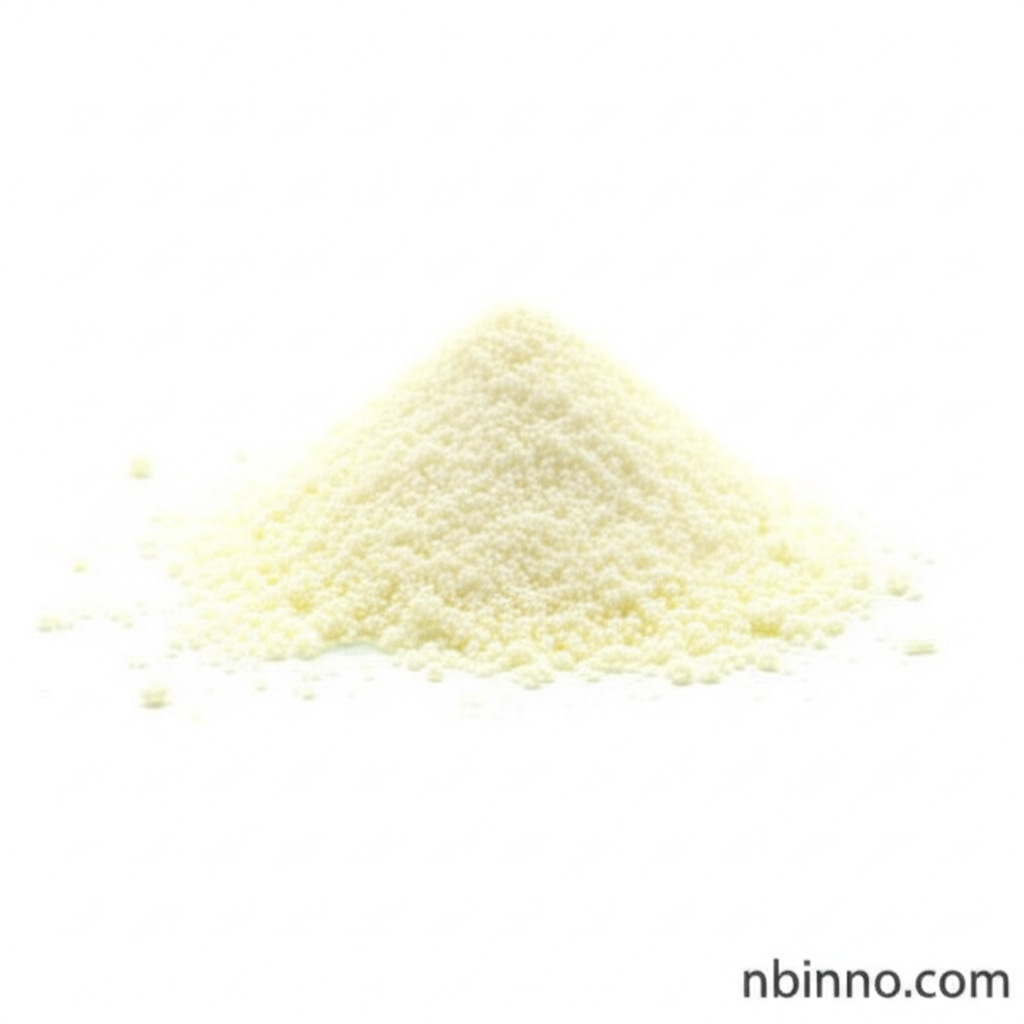Minodronic Acid: A Powerful Bisphosphonate for Osteoporosis Treatment and Beyond
Discover the therapeutic potential of minodronic acid in combating osteoporosis, fighting cancer, and managing pain.
Get a Quote & SampleProduct Core Value

Minodronic Acid
Minodronic acid is a leading third-generation nitrogen-containing bisphosphonate, recognized for its exceptional efficacy in treating osteoporosis. It works by powerfully inhibiting osteoclast activity, the cells responsible for bone resorption, thereby significantly reducing bone loss and promoting an increase in bone density.
- This potent bisphosphonate mechanism of action is key to its success in osteoporosis treatment, effectively slowing down the breakdown of bone tissue.
- Research highlights that minodronic acid demonstrates promising anticancer effects, acting through direct and indirect suppression of cancer cell proliferation.
- It also shows potential in pain management by acting as a purinergic P2X2/3 receptor antagonist, modulating pain-related neural signaling pathways.
- While oral minodronic acid has limitations, including poor bioavailability and potential side effects, advancements in drug delivery, such as microneedle technology, are being explored to enhance its therapeutic profile.
Advantages Offered by the Product
Enhanced Bone Density
Clinical studies using minodronic acid indicate a significant reduction in bone turnover markers and vertebral fractures compared to other osteoporosis drugs, contributing to stronger bones.
Dual Therapeutic Action
Beyond osteoporosis, minodronic acid is being investigated for its anticancer properties and its role in pain management, offering a multi-faceted therapeutic approach.
Improved Compliance Potential
Ongoing research into advanced drug delivery systems aims to overcome the bioavailability challenges of oral minodronic acid, potentially leading to better patient compliance.
Key Applications
Osteoporosis Management
Minodronic acid is a crucial treatment for osteoporosis, helping to prevent bone loss and reduce fracture risk by targeting osteoclast function.
Oncology Support
Emerging research suggests minodronic acid may inhibit tumor growth and metastasis, positioning it as a potential adjunctive therapy in cancer treatment.
Pain Relief
Its role as a purinergic receptor antagonist indicates potential applications in managing various types of pain by influencing nerve signaling pathways.
Advanced Drug Delivery
Development of innovative delivery methods, such as dissolving microneedles, aims to enhance the bioavailability and patient experience of minodronic acid.
